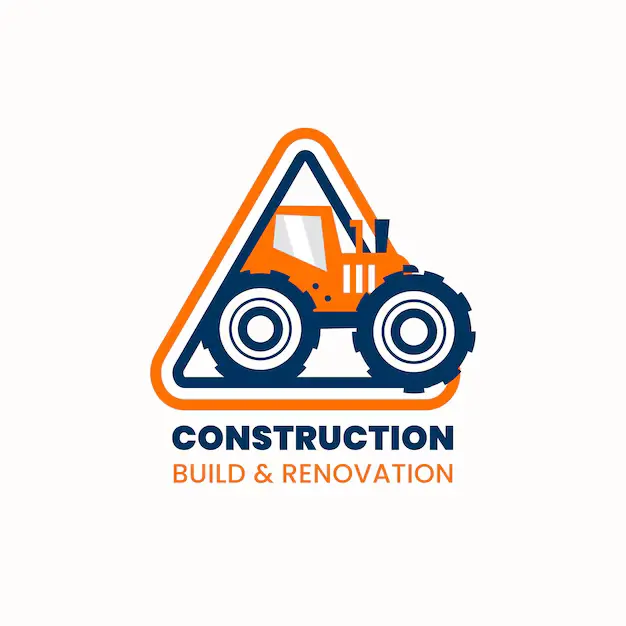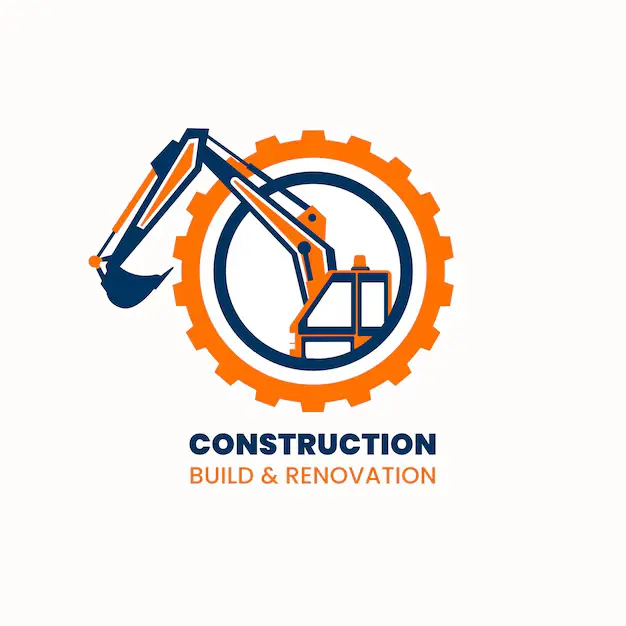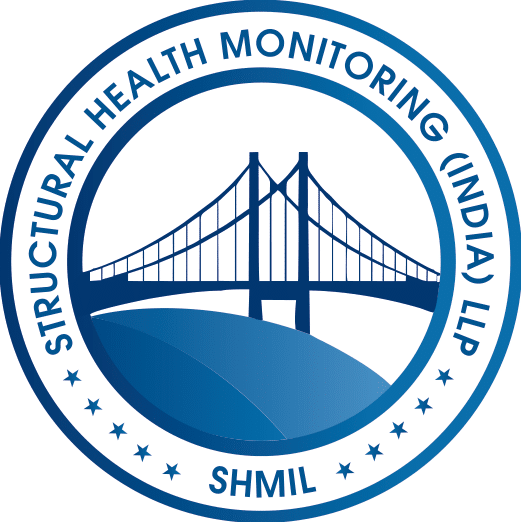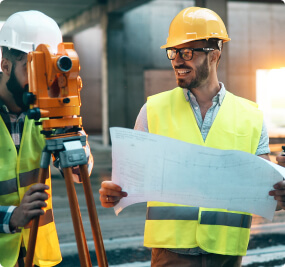


SINCE 2023
Real-Time Monitoring for Smarter, Safer Infrastructure
Structural Health Monitoring (SHM) focuses on the ongoing assessment of engineering structures like bridges and buildings to ensure their safety and performance. It utilizes sensors and data analysis to detect and predict structural issues by monitoring parameters such as strains and vibrations. SHM enhances infrastructure safety and longevity through early defect detection and optimized maintenance, allowing managers to reduce costs and extend service life. Furthermore, it aids in identifying safety hazards and ensuring regulatory compliance, making SHM essential for maintaining the integrity of civil engineering structures and promoting sustainable infrastructure.
What We Do
Our Services
Benefits
Potential Benefits of SHM
- Performance based design can be undertaken by recording site specific environmental conditions such as wind, load demands or temperature
- Design assumptions and parameters can be validated with the potential benefit of improving design specifications and guidelines for future similar structures
- Inspections can be scheduled on an “as needed” basis informed by structure specific data when indicated by monitoring data
- Performance thresholds can be established to provide warning when prescribed limits are violated, such as for anomalies in loading and response
- Realtime safety assessment can be carried out during normal operations or immediately after disasters and extreme events
- Accuracy of structural assessments can be improved by analysing recorded structural response data
- More accurate information can be used for optimally scheduling maintenance and repair activities, leading to cost savings.
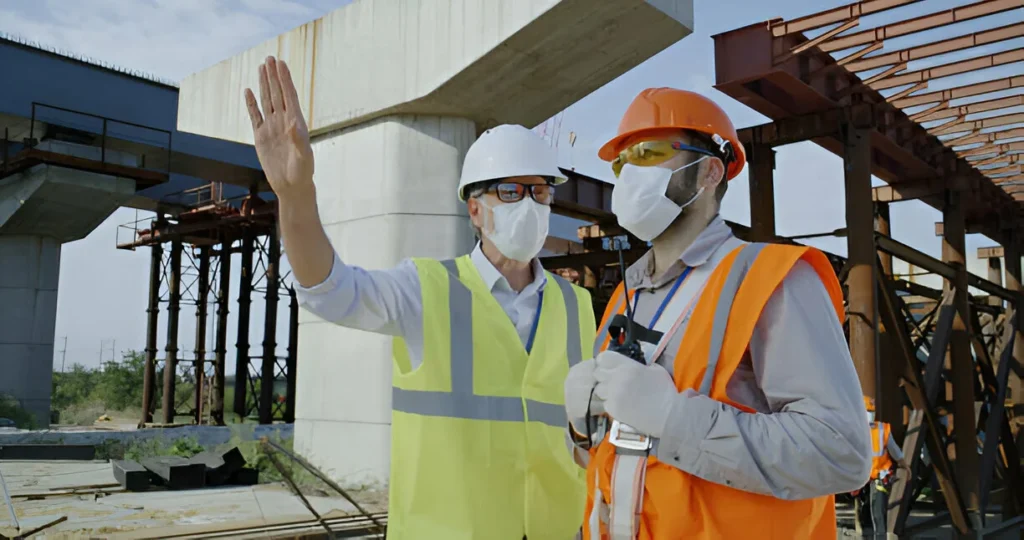

Why choose us
Best Design In Your Mind
SHM is crucial for the safety, performance, and management of structures such as bridges. Here are key reasons why SHM matters:
Comprehensive SHM System Design
Tailored design of SHM systems to suit your structures’ needs, including sensor choice and placement.
Installation and Integration
Expert installation of SHM sensors and systems for smooth integration with existing infrastructure.
Real-Time Monitoring
Customized reports that offer insights on structural conditions and maintenance recommendations.
Training and Support
In-depth training and ongoing support for clients to effectively utilize and interpret SHM data.
Sustainability Solutions
Strategies to improve structural sustainability through efficient maintenance and preservation.
Research and Development
Ongoing R&D to enhance SHM technologies and methodologies, ensuring clients benefit from the latest innovations.
Our Working Process
The methodology of Structural Health Monitoring (SHM) typically involves the following key steps
01
Visual Inspection
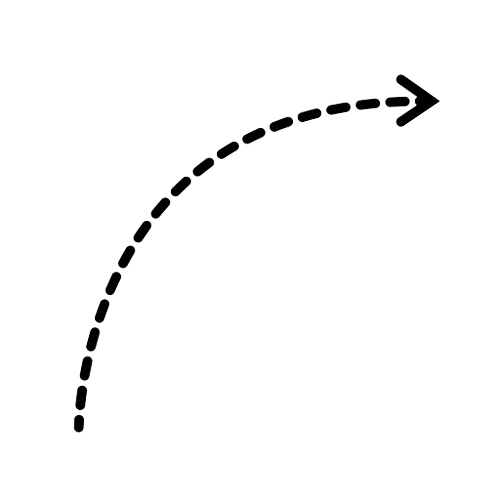
02
Analysis

03
Implimentation

04
Long-term Monitoring
01
Visual Inspection
The first step in SHM is to place sensors on the structure to monitor strains, vibrations, temperatures, and environmental conditions.

02
Data Acquisition
Sensors continuously collect data on the structural response to external loads, environmental factors, and aging effects.

03
Data Analysis
The data is analyzed using techniques like signal processing and statistical methods to extract features and identify patterns of structural damage.

06
Decision Support
SHM analysis results, including damage assessments, inform decisions on maintenance and repairs, enhancing structural management strategies.

05
Risk Assessment
Once damage is detected, its severity is assessed to prioritize maintenance. Risk assessment quantifies potential consequences of structural issues.

04
Damage Detection and Identification
Analyzing measured data against baseline metrics can reveal structural anomalies suggestive of damage. Machine Learning can automate damage detection and classification.
We Provide All Your Needs to Requirments
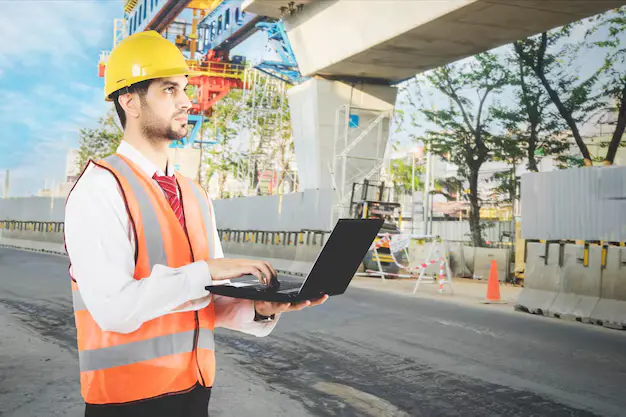
Aptitude for Technology
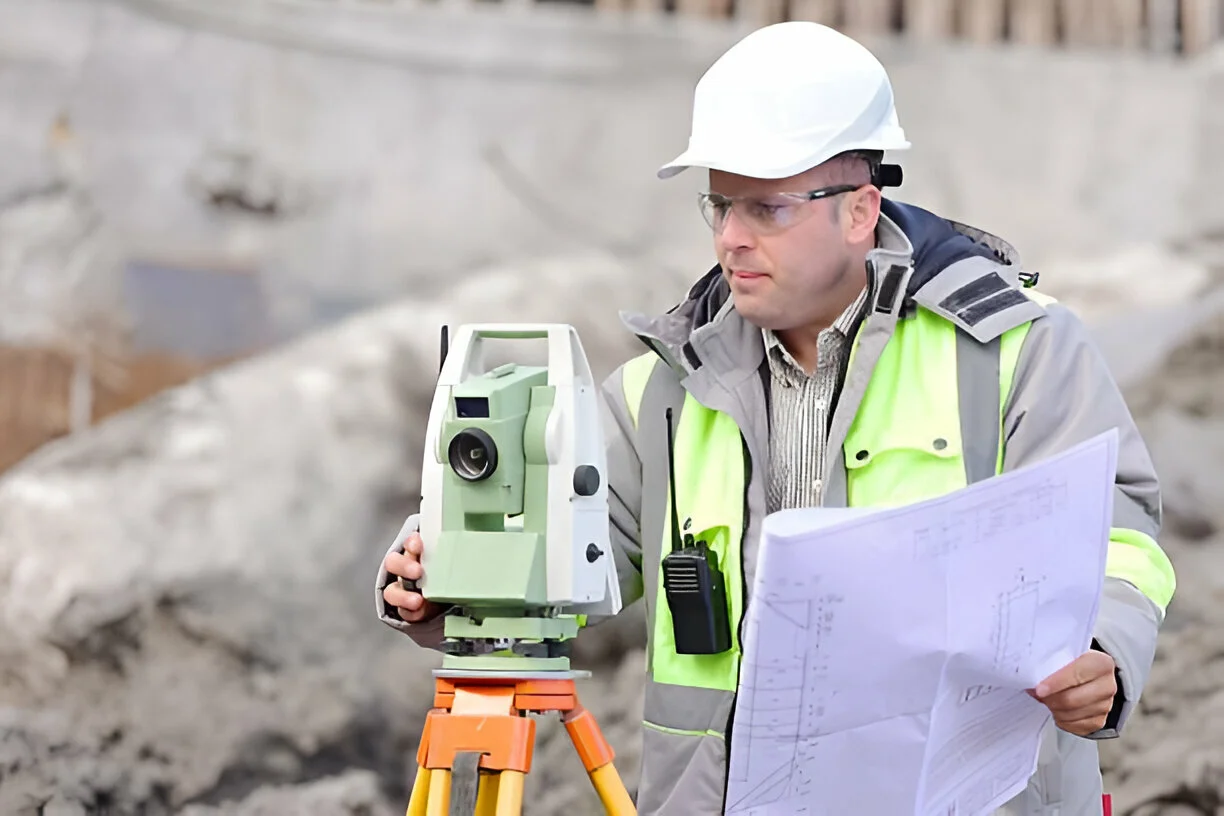
Quality Guarantee
Our Work
Our Portfolio
- Roads
- Bridges
- Railway Tracks

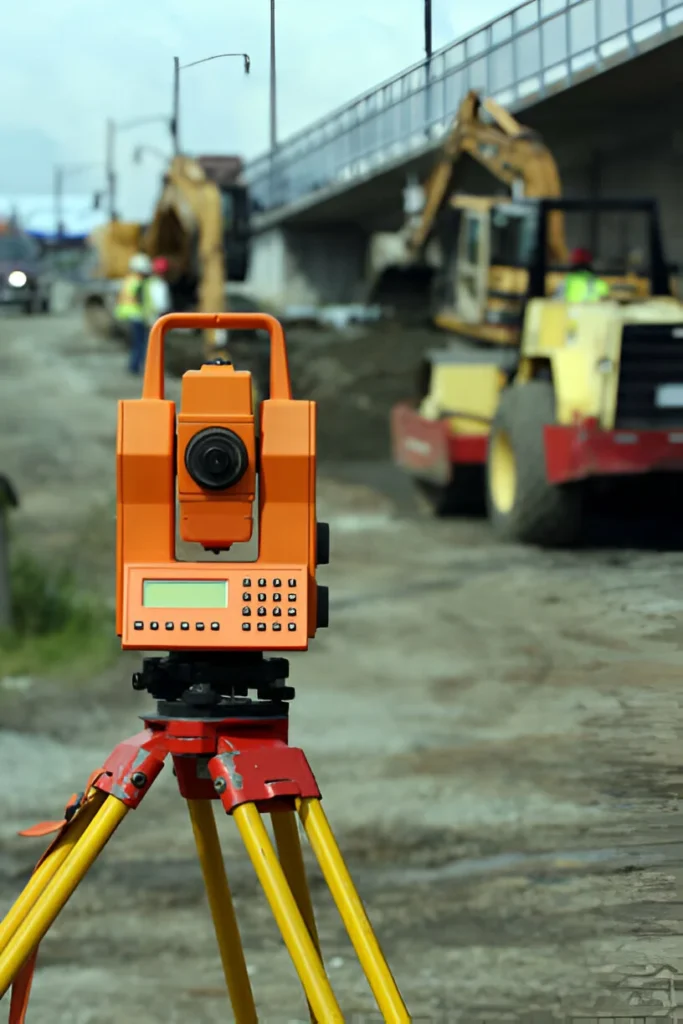
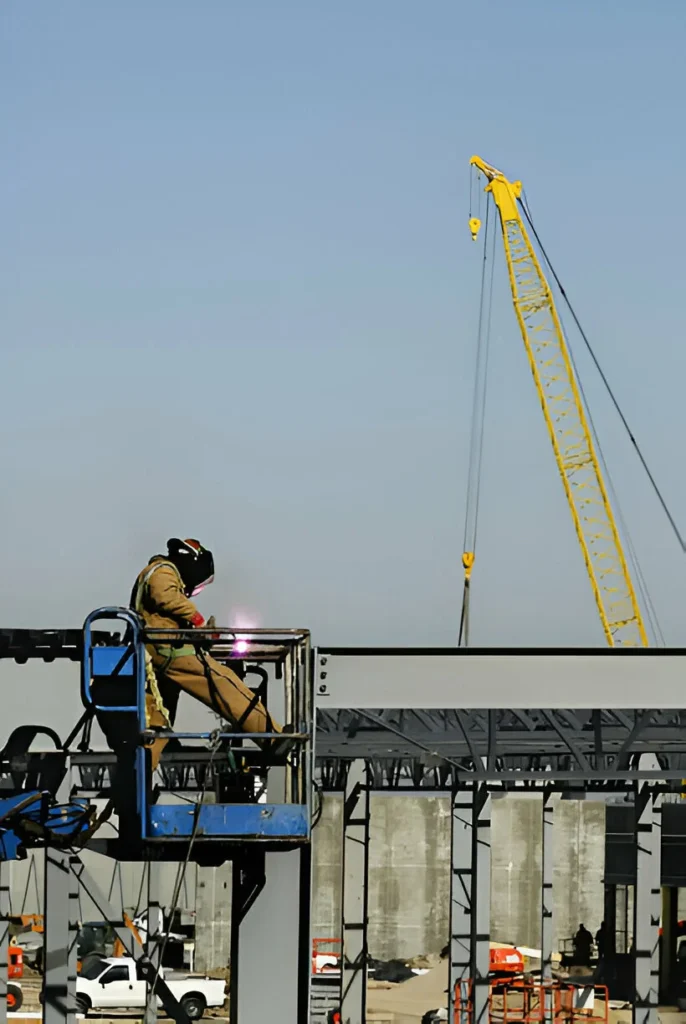






Our Clients Say About Us
Our Clients
